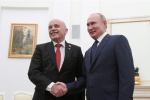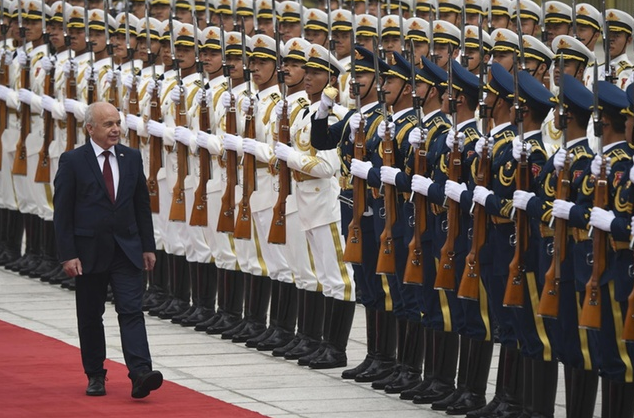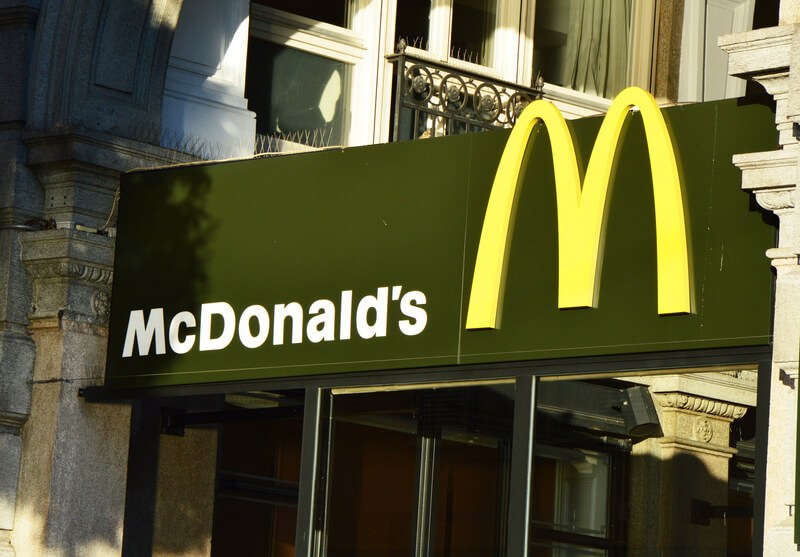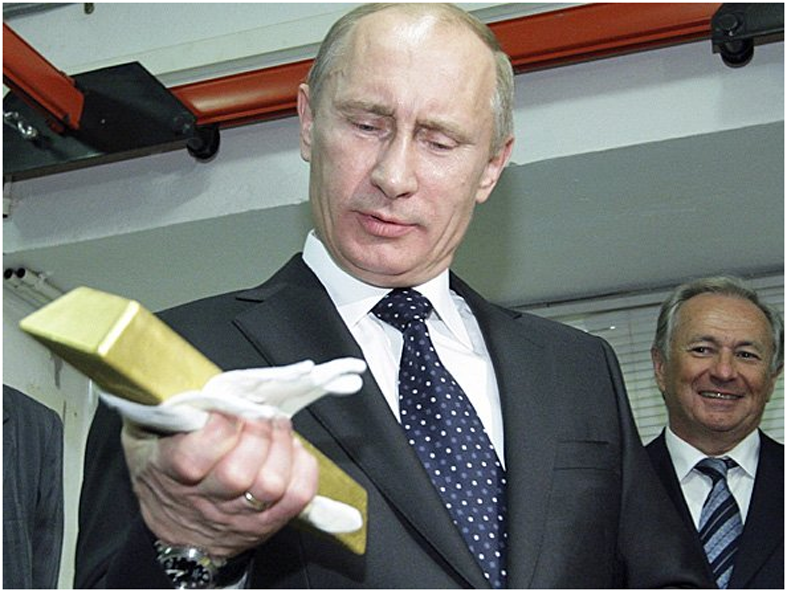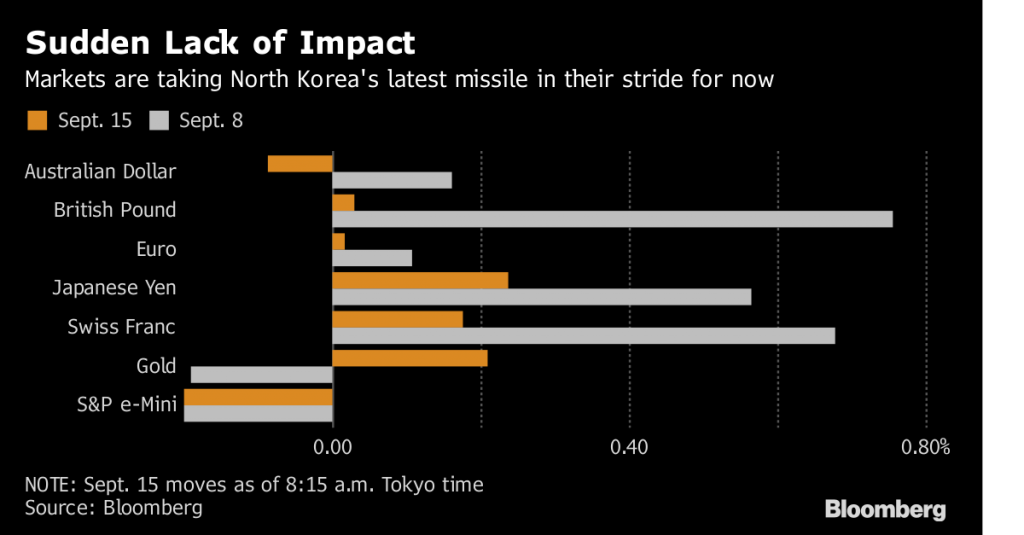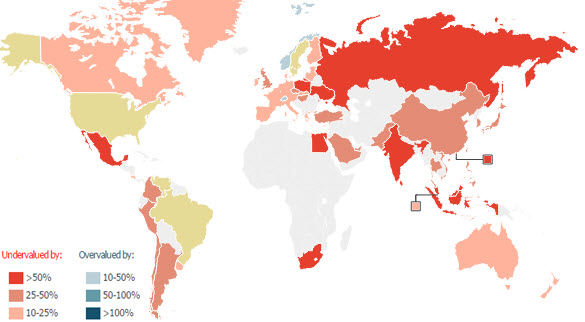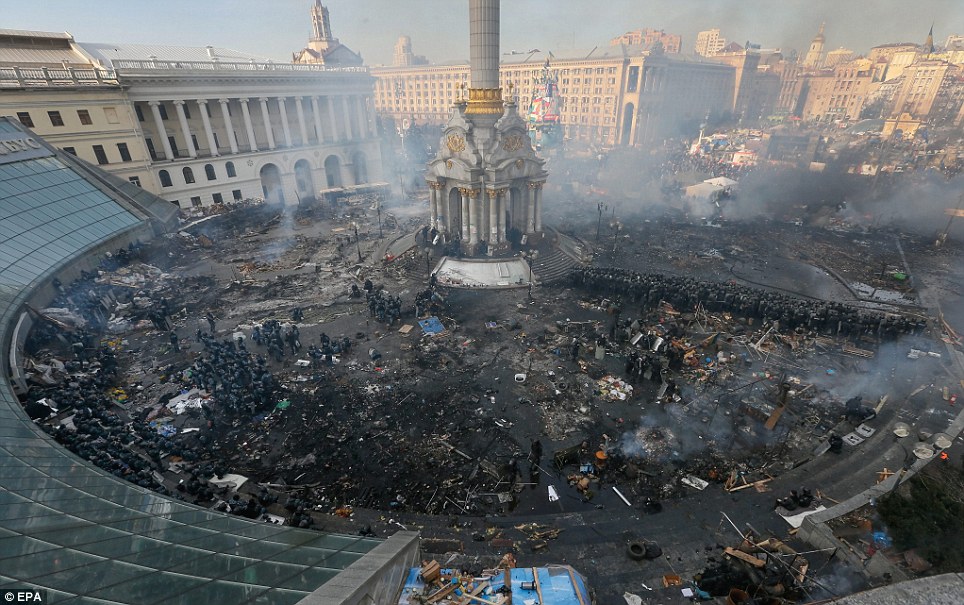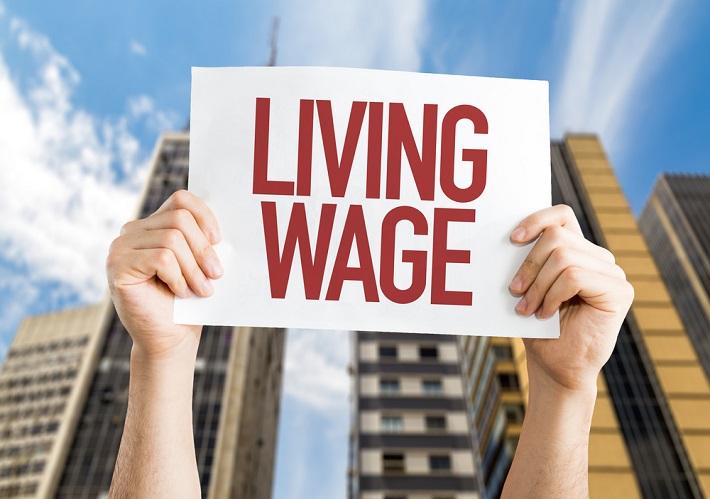|
More than half of the Dutch working population works part time, a far greater share than in any other rich country. This is partly a relic of prevailing Christian attitudes which said that mothers should be home for tea-time, and partly down to the wide availability of well-paid “first tier” part-time jobs. But part-time work is not always good work: women in the Netherlands may work, but they consistently fail to get into top management roles. |
|
|
The franchise is being squeezed: at one end, Burger King offers a simpler and cheaper menu. At the other, more upmarket “fast-casual” restaurants such as Shake Shack and Chipotle lure young customers with higher quality food. Torn between going back to basics and sprucing itself up, McDonald’s tried to do both, with little success. There have since been signs of a turnaround in its fortunes. |
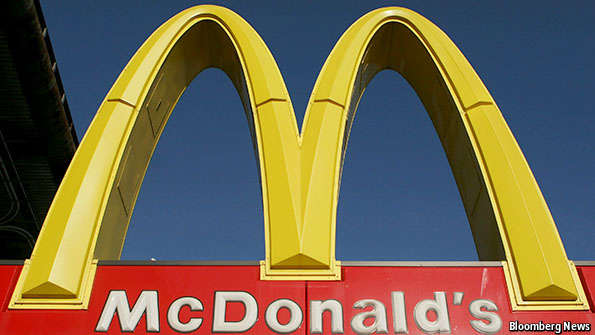 |
|
On January 15th the Swiss National Bank (SNB) caused chaos when it suddenly announced it would no longer hold the Swiss franc at a fixed exchange rate with the euro. As the euro continued to weaken, Switzerland’s franc was being dragged down with it. The SNB should have been lambasted not for removing the cap, but for adopting it in the first place. When central banks try to manipulate exchange rates, it almost always ends in tears. |
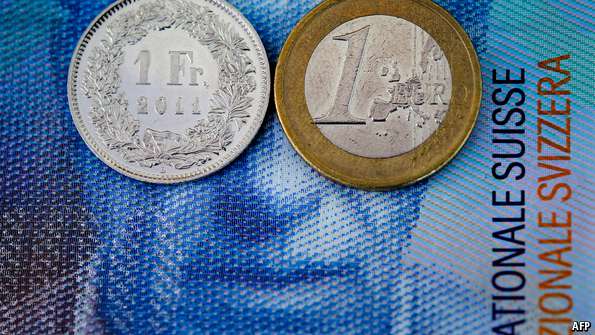 |
|
In March 2015 oil prices had fallen to abysmal depths, which they still plumb today. The main reason for falling prices is increased supply from America thanks to its fracking boom, which has reduced its demand for oil imports. Other countries, notably Saudi Arabia, have been loth to curb supply, lest they lose their share of the global oil market. Low prices, The Economist argued, seemed likely to continue for some time. They have. |
 |
|
Three theories exist about Vladimir Putin’s motivations: “bad”, “mad” and “sad”. The “bad” theory posits that Russia is exploiting Western weakness and attempting to re-establish hegemony over a chunk of its old empire. “Mad” theorists think Mr Putin has concocted a toxic ideological cocktail of ethno-nationalism, Soviet nostalgia and Russian imperialism, and drunk it. The “sad” camp thinks Russia’s aggression masks its weaknesses: a stagnant economy and widespread disillusionment. All three theories have one thing in common: they offer little hope to Ukraine. |
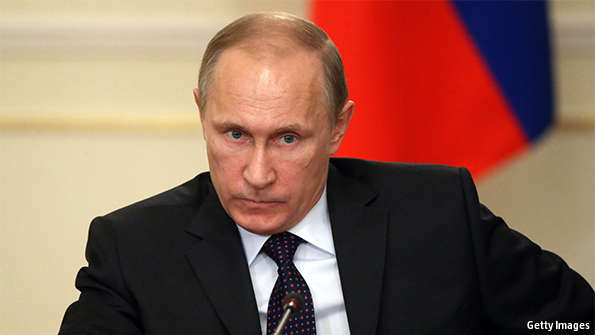 Vladimir Putin - Click to enlarge |
|
Iran reached a historic deal with the West over its nuclear programme, made possible by the election in 2013 of Hassan Rohani. Mr Rohani had promised voters engagement with the international community with the aim of lifting harsh economic sanctions and ending Iran’s international isolation. In exchange, America and others placed strict limits on Iran’s uranium enrichment programme and imposed intrusive inspections to prevent cheating. The deal made the Middle East a bit safer, heading off the prospect of a dangerous nuclear arms race. |
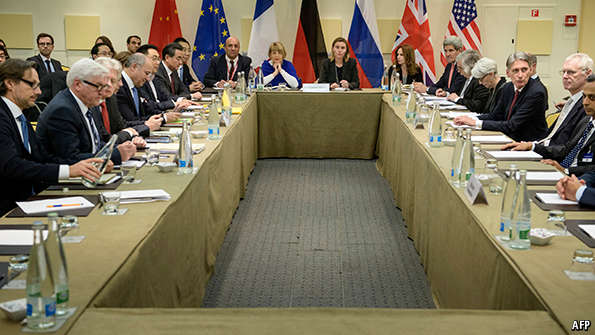 |
|
In the wake of January’s Charlie Hebdo shootings, The Economist revisited the issue of why depictions of the prophet Muhammad are forbidden by Islam. Such beliefs are rooted in Islam’s horror of idolatry, and generally of anything that could come between man and God. To depict humans in pictorial form is to usurp God’s role by “making” a new being. This belief is most strongly held by the Sunnis, while Shia Islam is much more open to the depiction of human beings, up to and including Muhammad himself. |
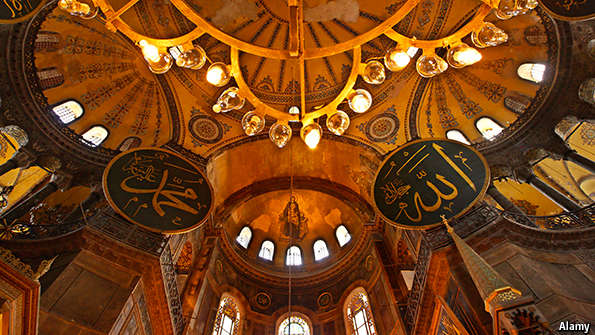 |
|
Hedge funds are pooled pots of money that are open only to “sophisticated” investors. Initially, their modus operandi was to bet on a specific company while insulating the fund from the risk of making a loss (ie, hedging) by betting on a falling stockmarket. These days hedge funds prefer to exploit small market mispricings, betting heavily with borrowed money, which can pay off handsomely if bets are leveraged. But the firms may be losing their gloss: in 2014 the average hedge fund made 3.3% while the S&P 500 index shot up by 11.4%. |
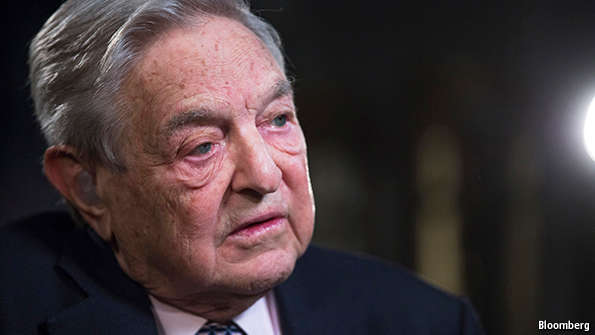 |
|
A fuss over Michelle Obama’s attire on her trip to Saudi Arabia again raised the question of how women are required to dress in Saudi Arabia. Women must wear long, black cloaks, known as abayas, in public. They must also wear a headscarf; foreigners needn’t. The face does not need to be covered, much to the chagrin of some hardliners. At home, and in all-female settings, women can shed their outer layers. The strict code doesn’t preclude personal expression: shops selling colourful abayas abound, and the Saudi accessories market is booming. |
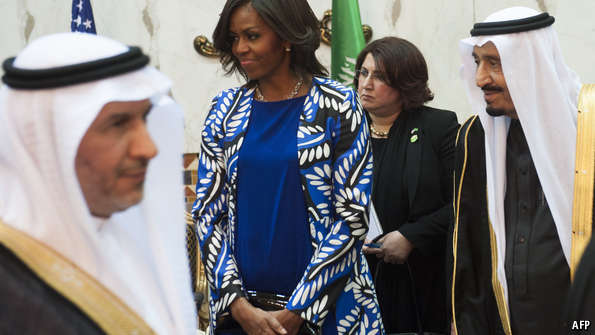 Michelle Obama - Click to enlarge |
|
The gold price hit a five-year low in July, where it still remains in December. The chief culprit behind its sinking price is America’s strong dollar, coupled with an economic recovery that pointed the way to a rise in interest rates. Gold fans had hoped that China would increase its gold stocks in order to boost its international credibility. That hasn’t happened. Gold also suffered from a spate of good political news in the summer: a bail-out deal with Greece and the nuclear deal with Iran soothed markets and pushed down gold prices. |
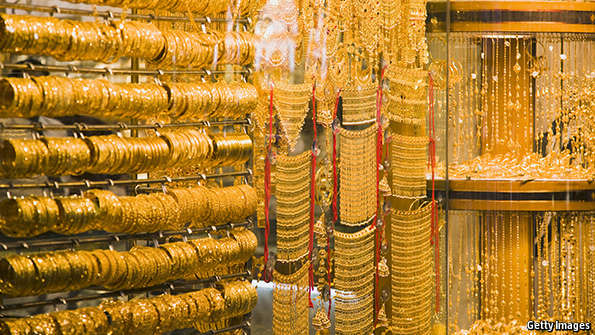 |

































